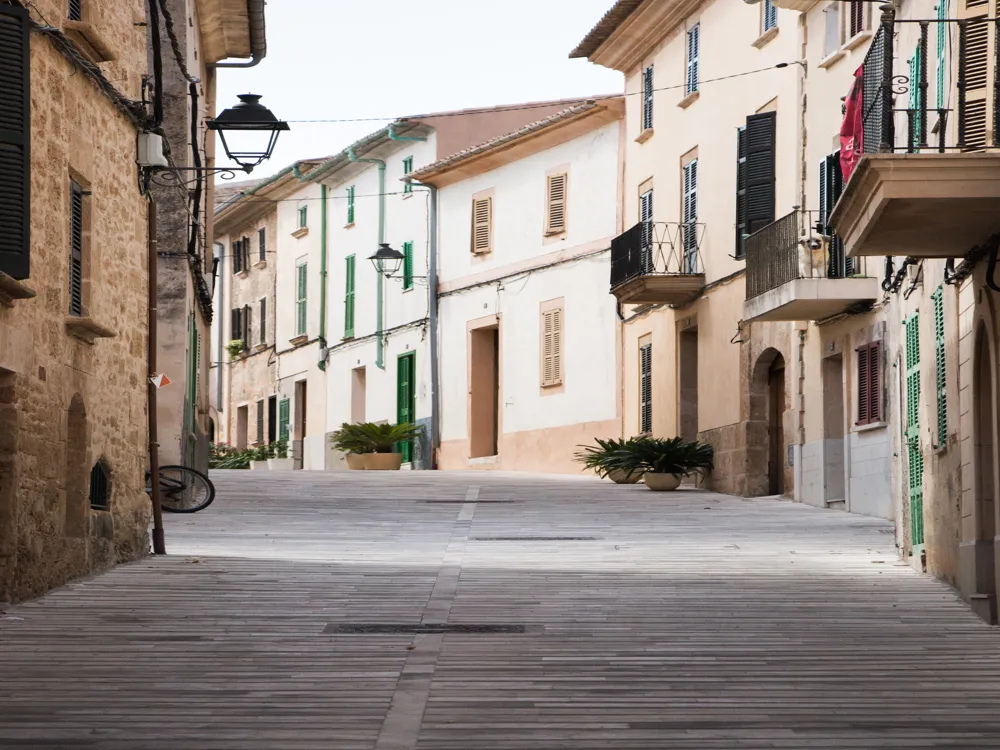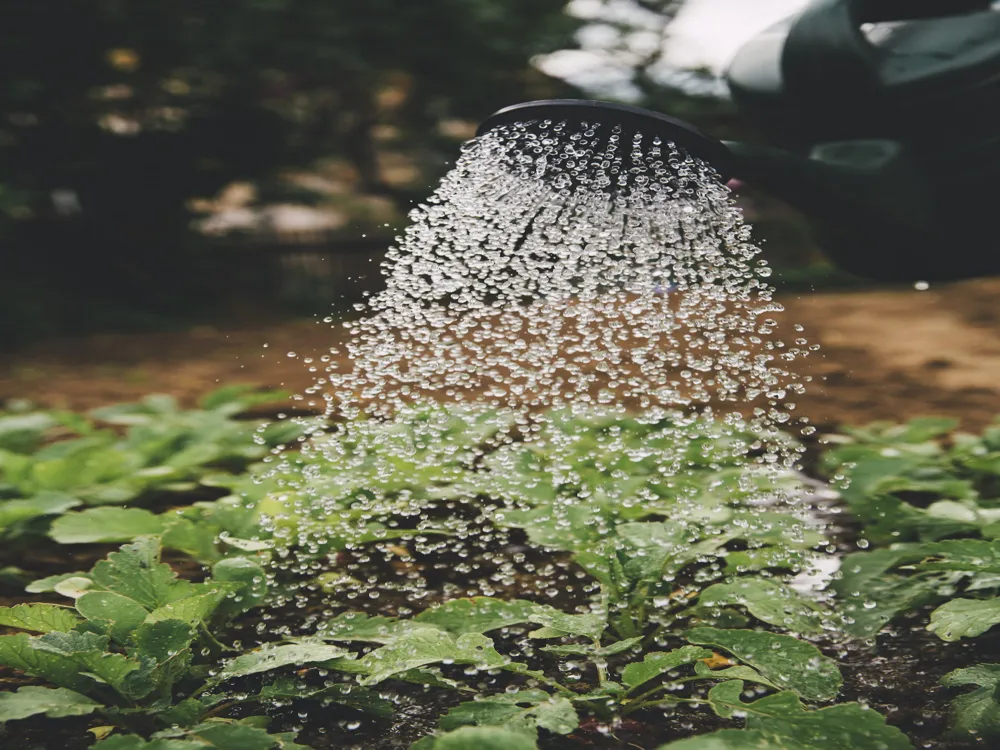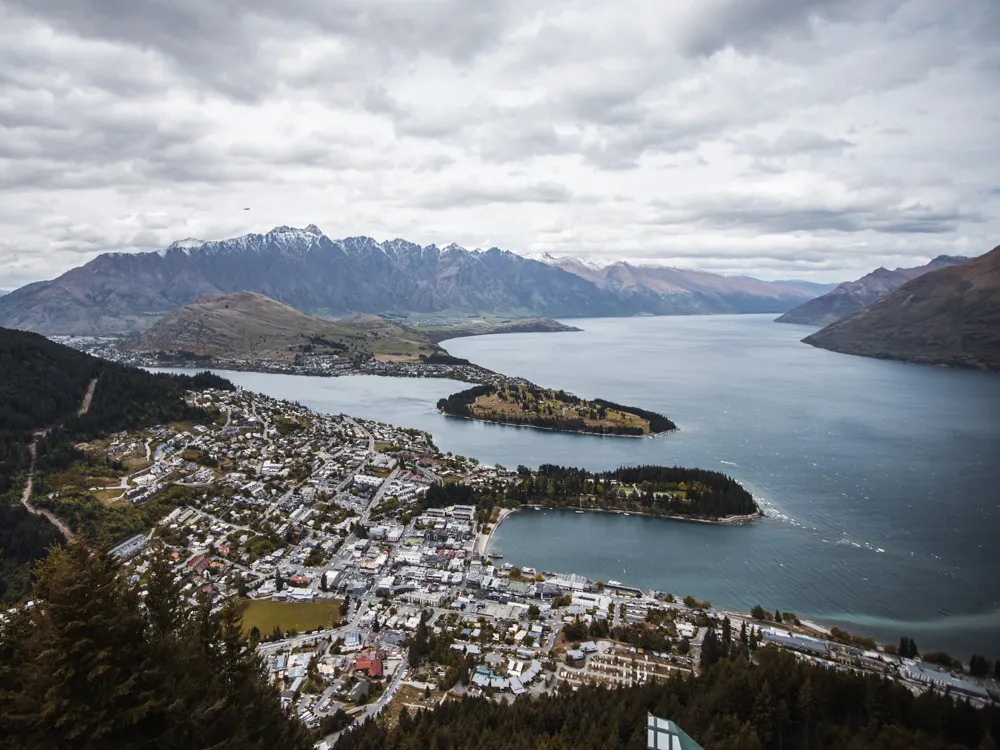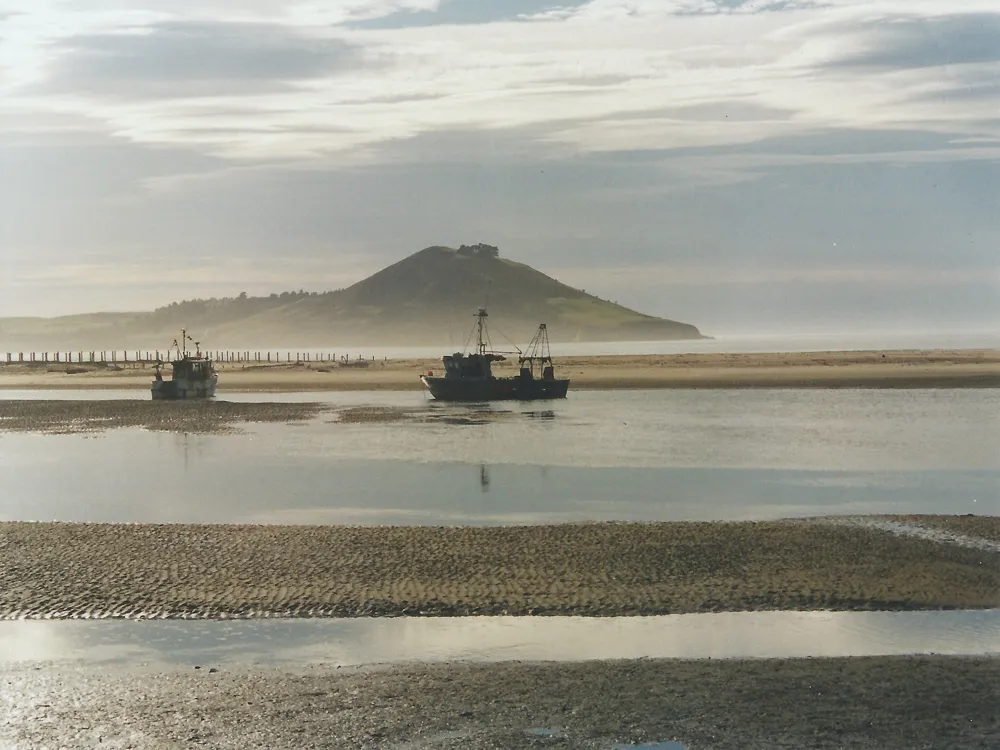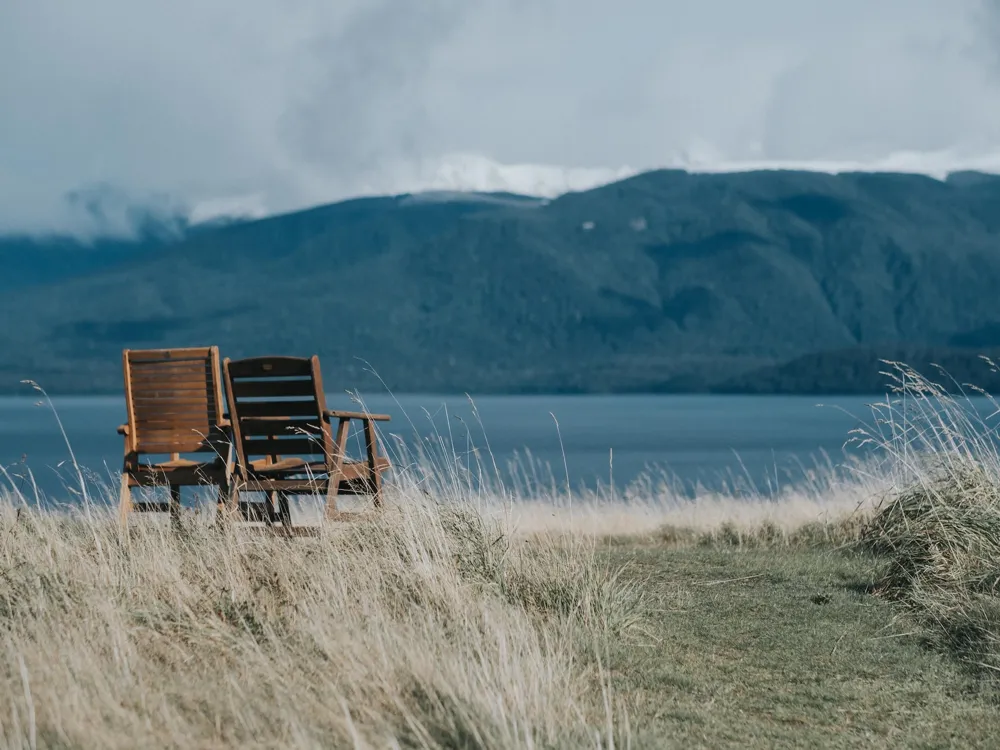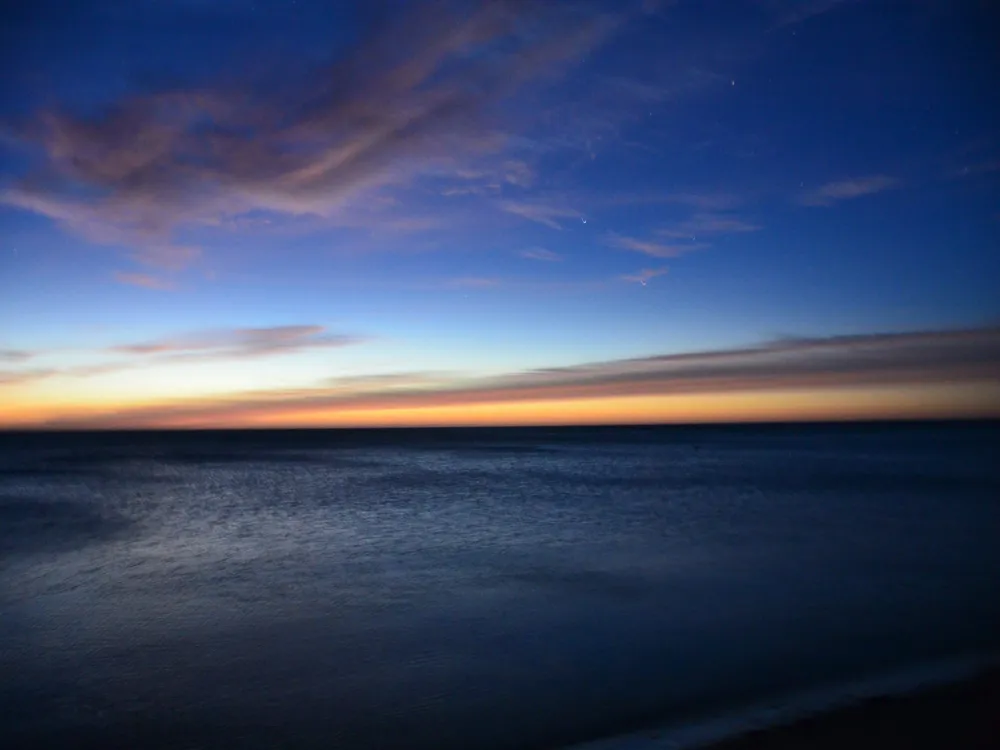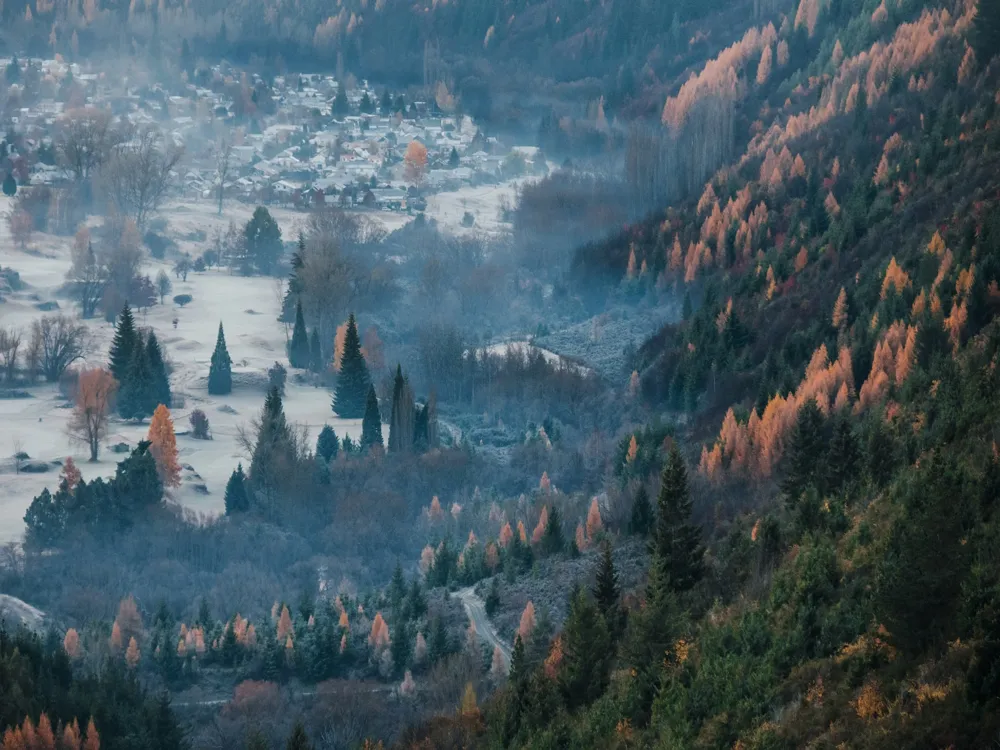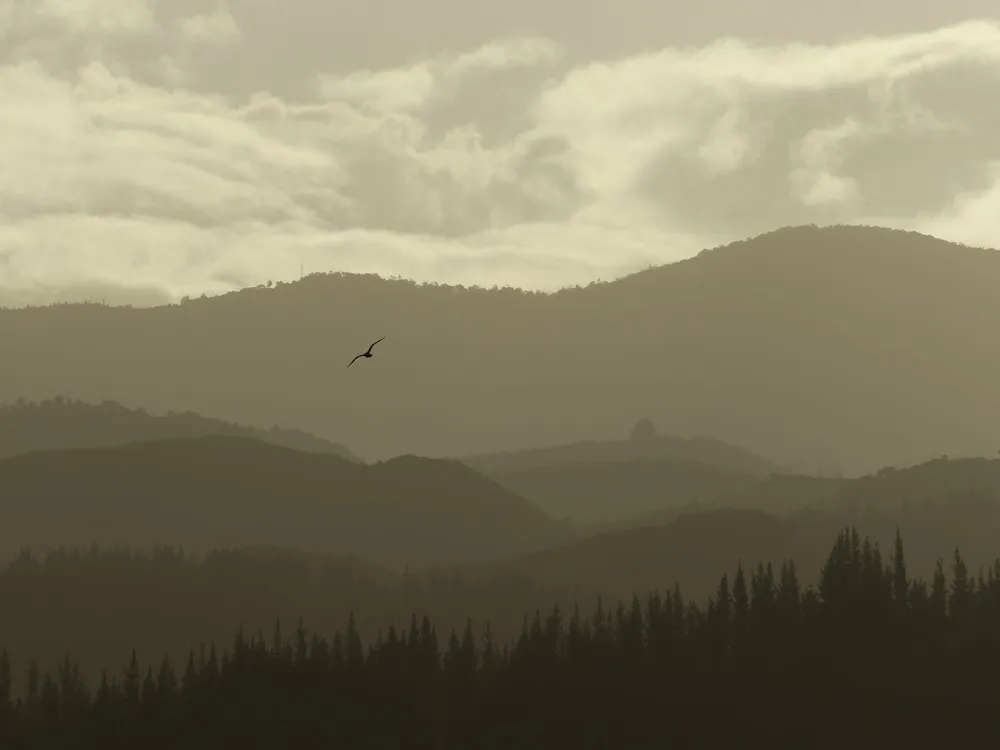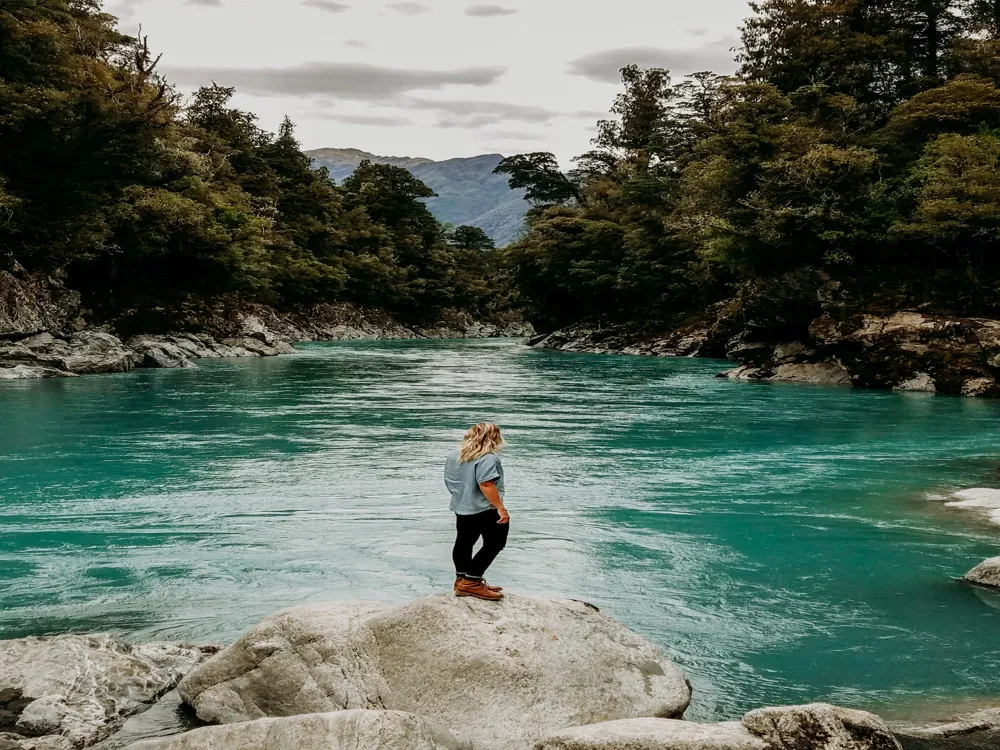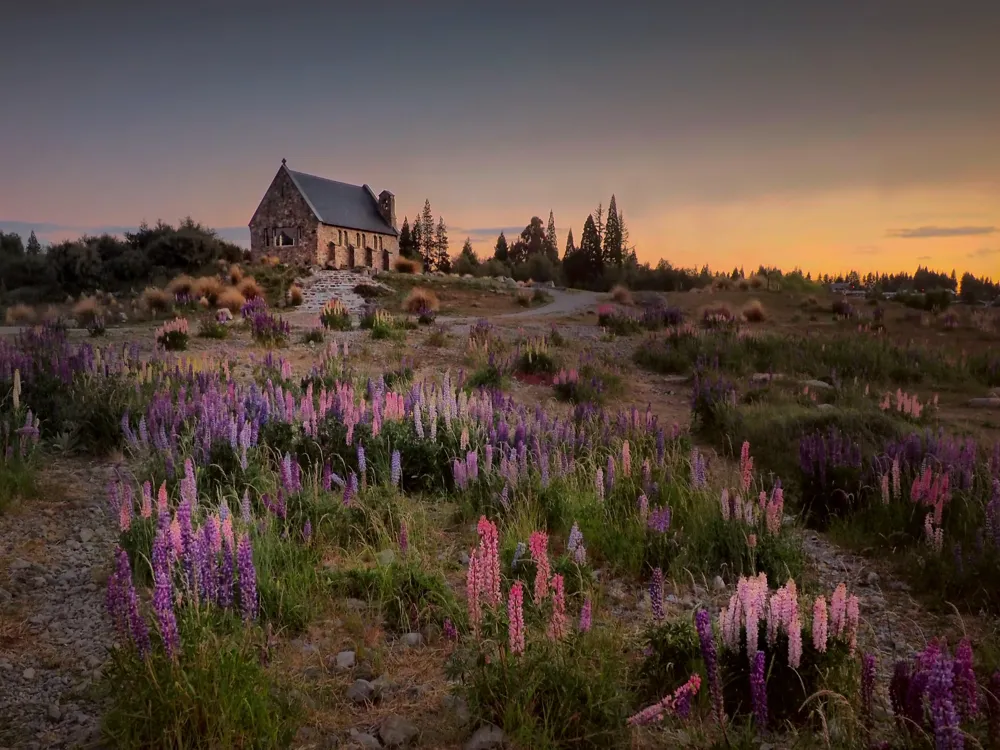Sandfly Bay, a picturesque and unspoiled beach located on the Otago Peninsula near Dunedin, New Zealand, is a haven for nature lovers and outdoor enthusiasts. Known for its vast stretches of golden sand, towering sand dunes, and diverse wildlife, the bay offers a serene escape from the hustle and bustle of city life. Its name, often mistaken as a reference to pesky insects, actually derives from the sand which is blown by the wind and 'flies' along the beach. The bay's unique landscape is shaped by a combination of natural forces and geological history. It is home to a variety of native plants and animals, including rare yellow-eyed penguins, fur seals, and sea lions. The surrounding cliffs, formed from ancient volcanic activity, provide a stunning backdrop to the beach and are composed of basalt and other volcanic materials. Visitors to Sandfly Bay are greeted by a wide, open beach that stretches for kilometers, offering ample space for walking, picnicking, and wildlife viewing. The sand dunes, some reaching several meters in height, are a prominent feature of the bay and are constantly reshaped by the wind. These dunes play a crucial role in the local ecosystem, providing habitats for various plant and animal species. The bay's wildlife is one of its most significant attractions. The area is a breeding ground for several species of seabirds and a popular haul-out spot for marine mammals. It is not uncommon to see sea lions and seals basking on the sand or penguins waddling along the shore. The bay's flora and fauna are protected, and visitors are encouraged to observe wildlife from a distance to minimize disturbance. In addition to its natural beauty, Sandfly Bay is steeped in history. The area has been used by Māori for centuries and is considered of great cultural and spiritual significance. European settlers also left their mark on the landscape, with remnants of past farming and settlement activities still visible. Overall, Sandfly Bay is a unique and captivating destination that offers a glimpse into New Zealand's natural beauty and diverse wildlife. Its combination of stunning landscapes, rich history, and abundant wildlife makes it a must-visit for anyone traveling to Dunedin. The architecture of Sandfly Bay is not characterized by buildings or human-made structures, but rather by its natural geological formations and landscapes that have been sculpted over millennia. The bay's architecture is defined by its dramatic sand dunes, rugged cliffs, and the dynamic shoreline, each element contributing to the bay's distinctive character. The sand dunes of Sandfly Bay are perhaps its most iconic architectural feature. Formed from sand blown inland from the beach, these dunes are a living, changing landscape. The shapes and sizes of the dunes vary, with some reaching impressive heights, offering panoramic views of the bay and the surrounding area. The dunes are stabilized by native grasses and plants, which play a crucial role in preventing erosion and maintaining the bay's delicate ecosystem. The cliffs surrounding Sandfly Bay are another significant architectural element. Composed primarily of basalt, the cliffs are remnants of the area's volcanic past. These towering structures provide a dramatic contrast to the soft, sandy beach and are home to a variety of bird species, including the famous yellow-eyed penguins. The cliffs also offer a glimpse into the geological history of the Otago Peninsula, with visible layers of rock revealing millions of years of natural history. At the water's edge, the architecture of Sandfly Bay is defined by its dynamic shoreline. The interaction between the sea and the land creates a constantly changing landscape, with tides and waves sculpting the beach in different ways each day. This interaction has created a variety of coastal features, including rocky outcrops, tide pools, and driftwood, adding to the bay's natural charm. In summary, the architecture of Sandfly Bay is a testament to the power and beauty of nature. Its sand dunes, cliffs, and shoreline create a unique and ever-changing landscape that is both awe-inspiring and humbling. The bay's natural architecture offers a perfect example of how the natural world can create structures and landscapes that are as impressive as any human-made edifice. Before heading to Sandfly Bay, it's crucial to check the local weather forecast. The weather in the area can change rapidly, and being prepared for conditions like wind, rain, or strong sun is essential for a comfortable visit. Sandfly Bay is home to various wildlife, including seals, sea lions, and penguins. Always maintain a respectful distance and avoid disturbing these animals. Remember, it's a privilege to observe them in their natural habitat. Accessing the beach involves a significant walk, including a descent down large sand dunes. Wear comfortable walking shoes and bring water, especially during warmer months. The climb back up can be challenging, so pace yourself and take breaks as needed. Preserve the natural beauty of Sandfly Bay by following the Leave No Trace principles. Take all your rubbish with you, stay on designated paths to protect plant life, and do not remove any natural objects from the beach. The best times to visit Sandfly Bay for wildlife viewing are early in the morning or late in the afternoon. These are the times when animals are most active. Also, visiting during low tide offers more beach area to explore. Reaching Sandfly Bay requires some planning, as it is located about a 30-minute drive from Dunedin city center. The most common way to get there is by car. From Dunedin, take the Highcliff Road towards the Otago Peninsula, then follow the signs to Sandfly Bay. There is a parking area near the start of the walking track that leads to the beach. For those without a car, there are several tour operators in Dunedin that offer trips to Sandfly Bay, often as part of a wider tour of the Otago Peninsula. These tours can provide additional insights into the area's history and wildlife. Once at the parking area, visitors will find a well-marked track that leads to the beach. The walk to the beach takes about 20 minutes and involves descending steep sand dunes. The return trip can be more challenging due to the uphill climb, so visitors should allow sufficient time and energy for the return journey. In summary, Sandfly Bay is accessible by car or tour from Dunedin. The final approach to the beach is on foot, offering a chance to immerse oneself in the stunning natural scenery of the Otago Peninsula.Overview of Sandfly Bay, Dunedin
Architecture of Sandfly Bay
Tips When Visiting Sandfly Bay
Check the Weather
Respect Wildlife
Be Prepared for the Walk
Leave No Trace
Plan Your Timing
How to Reach Sandfly Bay
Sandfly Bay
Dunedin
₹ 142,000 onwards
View dunedin Packages
Weather :
Tags : Wildlife
Time Required : 2-3 hours
Planning a Trip? Ask Your Question
Dunedin Travel Packages
View All Packages For Dunedin
Top Hotel Collections for Dunedin

Private Pool

Luxury Hotels

5-Star Hotels

Pet Friendly
Top Hotels Near Dunedin
Other Top Ranking Places In Dunedin
View All Places To Visit In dunedin
View dunedin Packages
Weather :
Tags : Wildlife
Time Required : 2-3 hours
Planning a Trip? Ask Your Question
Dunedin Travel Packages
View All Packages For Dunedin
Top Hotel Collections for Dunedin

Private Pool

Luxury Hotels

5-Star Hotels

Pet Friendly







